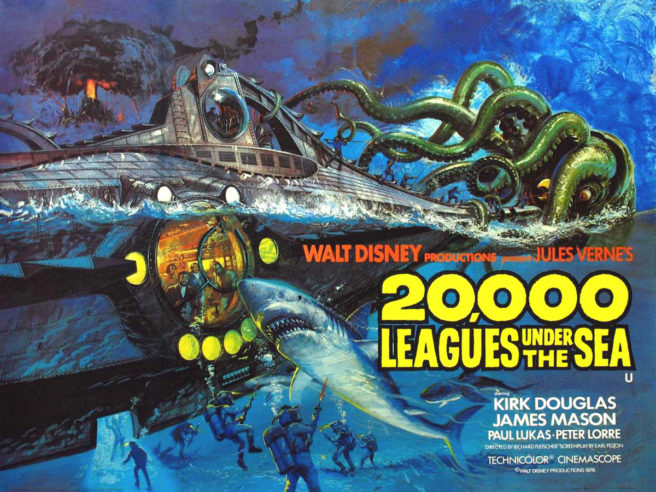Twenty Thousand Leagues Under the Sea, or Vingt mille lieues sous les mers: Tour du monde sous-marin, as it is titled in the original French, is probably the book Jules Verne is best known for.
First published in 1870, it remains a timeless classic. It has been inspiration for countless other works, be they graphic novels, books, movies, art or even theme-park rides, such as those in Disneyland Paris and Tokyo DisneySea.
The Nautilus and to a lesser extend the kraken have become some of the most recognizable symbols of steampunk. Verne himself is not only commonly seen as a visionary but as one of the grandfathers of the genre; a founding father, so to speak.
The story in a nutshell: Marine biologist Pierre Aronnax and his manservant Conseil, as well as harpoonist Ned Land, are part of a task force investigating a sea monster. They up aboard the submarine Nautilus, where make the acquaintance of Captain Nemo. They set off on a series of fantastic and amazing adventures, on and under the seas.
Of course, there is much more to the story, as well as it’s sequel, The Mysterious Island, but as this is a spoiler-free place, you’ll have to read and find out for yourself!
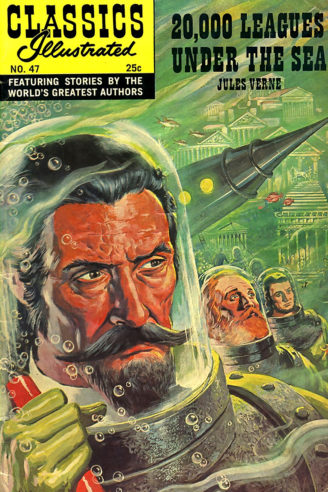
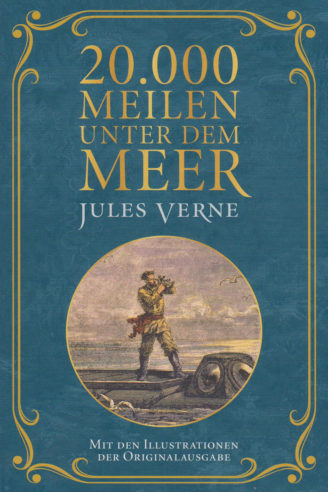
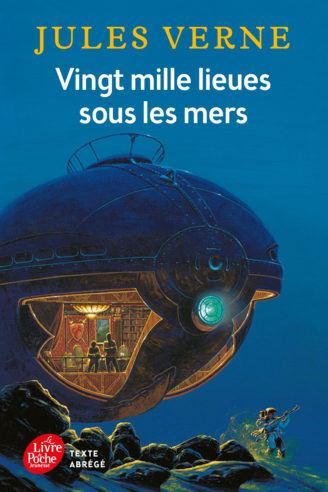
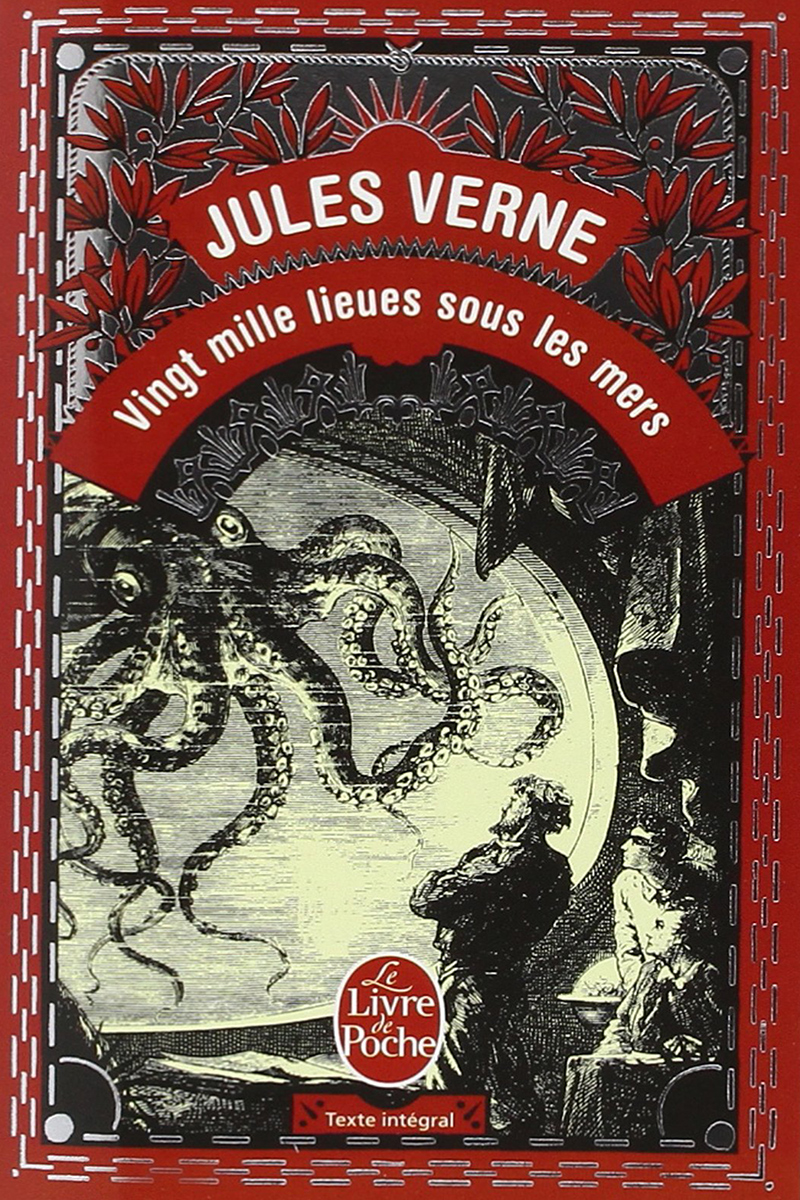
It’s well worth the read. The characters are well developed. Nemo has a complexity most contemporary villains can only dream of. It’s full of wonder and adventure, in a world many steampunks wish they could either belong to or at least pop in to visit. It’s a book that grips you from start to finish.
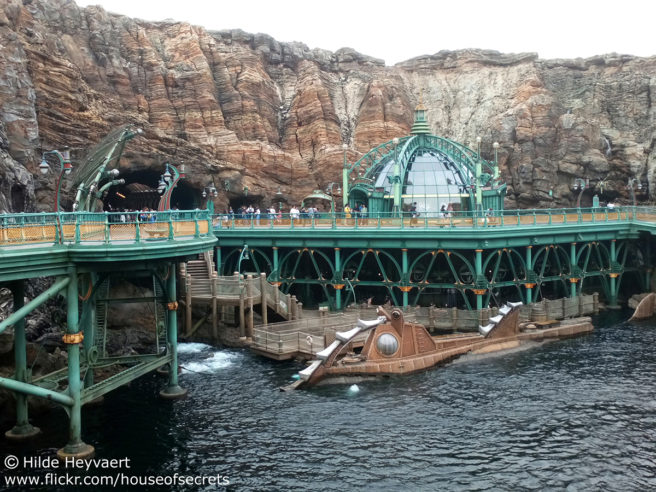
That said, there are many, many, many versions and translations available. And it’s not always easy to find one that is actually good.
For example, I have Dutch versions of both the 1980s and from about a decade ago. The one from the 80s is amazing, the language puts you right into it. The most recent one, however, is rubbish, stiff and boring, and takes away from the story.
Go on Project Gutenberg and have a look at the versions on offer there. (And if you can spare the money, please consider donating a little, as it’s a wonderful project.) They generally tend to be of higher quality than modern publications. Unless you want a French or Czech version. Twenty Thousand Leagues Under the Sea is still in regular print there and both countries take pride in providing good-quality copies.

